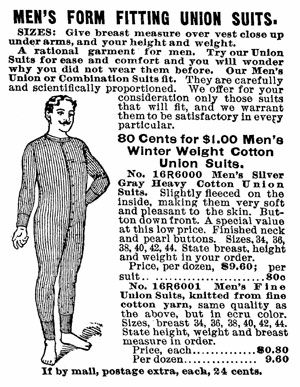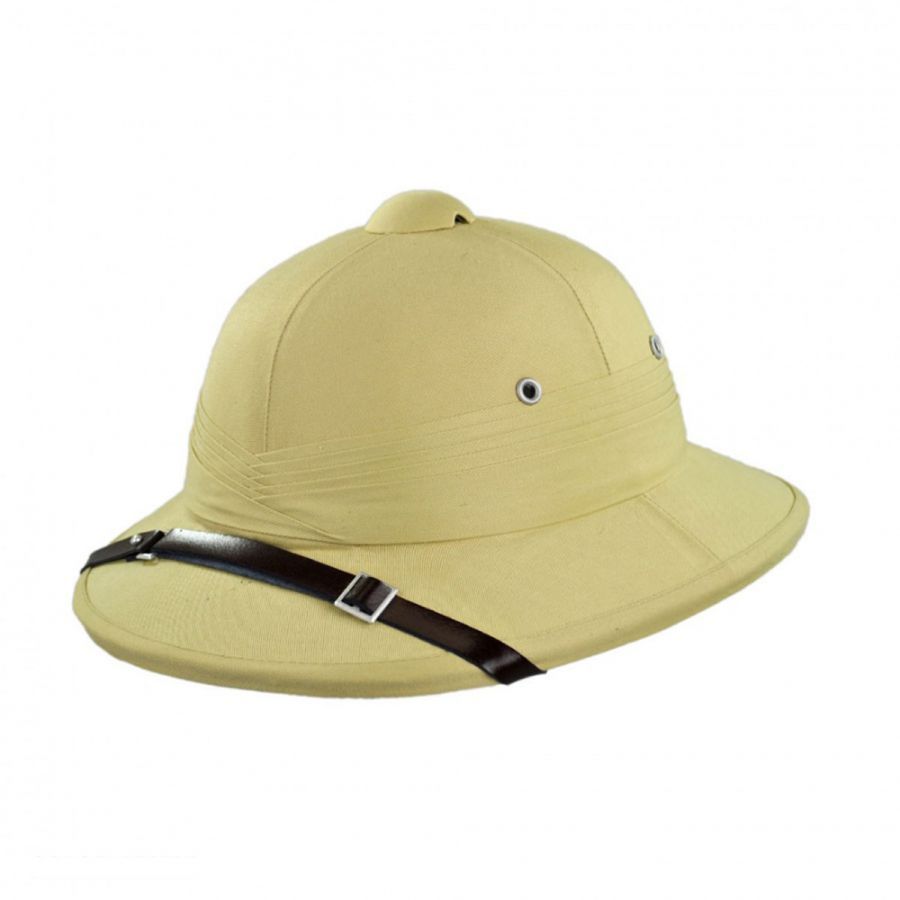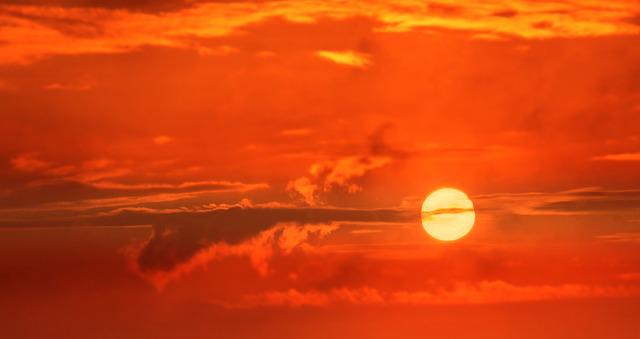Summer heat safety suggestions
Summer heat can be dangerous but staying safe is easy following the suggestions in this article.

Big fat disclaimer
Let's start with a clear statement that this article is not meant to provide a medical diagnosis or opinion. Its sole purpose is to educate readers about heat-related illnesses and offer simple guidelines for avoiding them in the first place. These guidelines work for me, but your experience may vary. Do what works for you!
7 Heat safety guidelines
Consider this my summer public service announcement, or PSA, for fans of acronyms. As someone who's experienced heat exhaustion more than once, hot weather has moved way down my list of favorite environmental factors. Give me cold and dry anytime. As I am inclined to say, you can add clothing layers to stay warm, but you can only take off so many clothes before you violate some public decency laws, scare small children or both.
Guideline #1 - Stay inside where it is cool as much as possible. This works beautifully for me because my office, aka the writing lair, is in the basement and is pleasantly cool year-round. Ah...
Guideline #2 - If you must be outside, even running errands in an airconditioned vehicle, do it during the cooler parts of the day, like early morning and after 5-6:00 PM. A bonus of going out during rush hour as a retiree is driving really slow, slouched down below the headrest and ticking off all the workers trying to reach the office. It's not nearly as much fun as pre-Covid, but you can still enjoy yourself—cue maniacal laughter.
Guideline #3 - When outside, stay in the shade as much as possible and move slowly to avoid overheating. Just yesterday, it hit 100 here in Minneapolis with a heat index of 105. But it was tolerable if you stayed in the shade since a nice breeze was blowing. Yeah, I know, that temp is nothing compared to Arizona and Texas, but hey, it's hot to a Norwegian!
Guideline #4 - Stay hydrated by drinking plenty of (non-alcoholic) fluids. Gatorade is an excellent choice because it replenishes your electrolytes. But other stuff does that too. SmartWater is an option my wife prefers. LMNT sells packets of flavored salts and other goodies so you can mix up your own concoction. My daughter swears by these, and they are quite good.
For Tang fans (that'd be me), adding a dash of Himalayan salt lets me simulate the more exotic products while still reliving my astronaut daydreams from the second half of the last century.
So, you're saying plain old tap water isn't good enough? How did people survive all this time without fancy electrolytes drinks, huh? Answer that one... Of course, tap water is fine; it’s what we all grew up drinking. The other options add variety.
Guideline #5 - Wear light-colored, lightweight, loose-fitting clothing in layers. Bob Bradsher, a good friend from Oxford, NC, grew up wearing a union suit under his clothes while working. You worked up a sweat, the union suit absorbed it, and evaporation helped keep you cool. I wear a tee shirt for the same purpose.

Guideline #6 - Wear broad-brimmed headgear to keep the sun off your face and head. The old saying goes, "only mad dogs and Englishmen go out in the Indian noon-day sun," or something to that effect. Since the English had that penchant, they invented the pith helmet. The body is cork, and as you sweat, the cork absorbs the water and uses evaporative cooling to keep your head cool and protected.

I acquired my pith helmets from the Village Hat Shop in San Diego, CA. I opted for the standard style made famous on the silver screen, but you can select from the rakish British Dragoon style or go for all straw.
Guideline #7 - Use sunscreen on all exposed skin, including your hands. Sun damage shows up later, an insidious fact that lulls young'uns into skipping the SP protective layer.

Warning signs of heat exhaustion and stroke
Health exhaustion and stroke are serious and require appropriate treatment to avoid more severe health impacts. What causes these heat-related maladies? Overdoing it in the heat is the most common cause, although exposure to unrelenting heat can also trigger them. That's why it is essential to check on elderly relatives, friends and neighbors who don't have AC or like going outside in hot weather to ensure they are well.
Symptoms of and responses to heat exhaustion
According to the May Clinic, the following symptoms are common with heat exhaustion:
- Cool, moist skin with goose bumps when in the heat
- Heavy sweating
- Faintness
- Dizziness
- Fatigue
- Weak, rapid pulse
- Low blood pressure upon standing
- Muscle cramps
- Nausea
- Headache
What to do
If you or someone you are with are experiencing these symptoms, here's what you need to do ASAP, also according to the Mayo Clinic:
- Stop all activity and rest
- Move to a cooler place
- Drink cool water or sports drinks
Do you need to call a doctor for heat exhaustion? Continuing with Mayo's advice, contact a doctor if any of the following occur:
- The symptoms do not go away or worsen within an hour.
- The person becomes confused or agitated.
- The person passes out.
- The person cannot drink.
If the core body temperature (measured by a rectal thermometer) hits or exceeds 104 F, seek immediate cooling and medical attention.
Symptoms of and responses to heat stroke
Heat exhaustion is no picnic but can be successfully treated at home. However, heat stroke is serious business in every respect. The Mayo Clinic classifies heat stroke as when a person's core body temperature reaches 104 F or higher. Since you may not have a rectal thermometer, here are the other symptoms Mayo lists:
- Altered mental state or behavior. Confusion, agitation, slurred speech, irritability, delirium, seizures and coma can all result from heatstroke.
- Alteration in sweating. In heatstroke brought on by hot weather, your skin will feel hot and dry to the touch. However, in heatstroke brought on by strenuous exercise, your skin may feel dry or slightly moist.
- Nausea and vomiting. You may feel sick to your stomach or vomit.
- Flushed skin. Your skin may turn red as your body temperature increases.
- Rapid breathing. Your breathing may become rapid and shallow.
- Racing heart rate. Your pulse may significantly increase because heat stress places a tremendous burden on your heart to help cool your body.
- Headache. Your head may throb.
What to do
If you think a person may be experiencing heatstroke, seek immediate medical help—call 911 or your local emergency services number.
Take immediate action to cool the overheated person while waiting for emergency treatment.
- Get the person into the shade or indoors.
- Remove excess clothing.
- Cool the person with whatever means available — put in a cool tub of water or a cool shower, spray with a garden hose, sponge with cool water, fan while misting with cool water, or place ice packs or cold, wet towels on the person's head, neck, armpits and groin.
Untreated heat stroke can quickly damage vital organs, including the brain, kidneys, heart and muscles. The damage worsens the longer you delay treatment, so react ASAP to avoid permanent injury or death.
Be cool about the heat
Sun and heat worshippers thrive in the summer. Perhaps they have some immunity to heat exhaustion and stroke. For mere mortals like myself, I need to take steps to stay cool in the heat because of previous heat exhaustion and maybe even heat stroke. The days of me working in the heat until I could hear my pulse in my ears are gone. Who says an old dog can't learn new tricks?
It’s easy to avoid heat-related illnesses if you follow the simple suggestions in this article. Enjoy the summer, but be cool about the heat, man (a little 1970s lingo for you).
